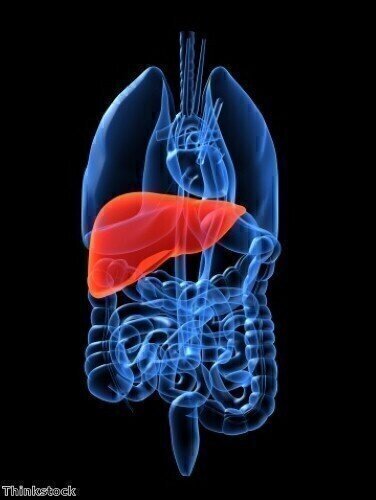News
Research inside Bubbles
Aug 15 2016
A £4.5million University of Strathclyde project to produce bubble-sized ‘laboratories’ could boost cancer treatment, medical imaging and industrial processes. Researchers aim to use high-powered lasers to conduct experiments in plasma bubbles so tiny that their diameters are equivalent to one tenth of a cross-section of a human hair. Plasma forms 99.999% of the matter in the universe.
Professor Dino Jaroszynski, of Strathclyde’s Department of Physics, said: “We have a clear focus on fundamental physics but strive to apply the knowledge we gain. Important applications are medical, which could have a profound impact on society and quality of life. Another important objective is to reduce the size of coherent X-ray sources from kilometres to millimetres. Current X-ray free-electron lasers are kilometres long and cost up to €1billion. We plan to make coherent X-ray sources widely available and relatively inexpensive, thus enabling many, many applications. Short duration and brilliant pulses of X-rays are very useful for following the dynamics of the structure of matter, to monitor chemical reactions, or for taking holographic snapshots to make 3D microscopic movies.
“There is, of course, a large demand for improved cancer therapy in the UK. Particle therapy is currently seen as a possible route for improving treatment of certain types of cancer and the quality of life of patients – particularly young children. The benefits of the project will be wide-ranging, from pure academic research to numerous new applications in medicine and industry. Some of these applications could have a very high impact, including improvements in medical radiotherapy, nuclear fusion, and imaging of dense matter.”
Professor Jaroszynski believes that, by creating the bubble-sized radiation sources and compact accelerators, his team’s research could also drive improvements in other sectors. “Compact gamma-ray sources could have an impact on the detection of nuclear material at borders, which would contribute to enhancing global security. Imaging of stored nuclear waste could also have an impact on the legacy of nuclear power generation.”
Professor Jaroszynski also told of his excitement at receiving the £4.5 million EPSRC funding. “I’m incredibly honoured to be given this support and it’s an acknowledgement of the fantastic work carried out by my research team. I’m passionate about the basic physics but the really important part of this project is that it will benefit people’s lives – and, ultimately, help save them too through improved diagnosis and treatment.”
Co-investigators on the project include the Universities of Glasgow and St Andrews, Lancaster University and several UK, European and international partners.
Digital Edition
Lab Asia Dec 2025
December 2025
Chromatography Articles- Cutting-edge sample preparation tools help laboratories to stay ahead of the curveMass Spectrometry & Spectroscopy Articles- Unlocking the complexity of metabolomics: Pushi...
View all digital editions
Events
Jan 21 2026 Tokyo, Japan
Jan 28 2026 Tokyo, Japan
Jan 29 2026 New Delhi, India
Feb 07 2026 Boston, MA, USA
Asia Pharma Expo/Asia Lab Expo
Feb 12 2026 Dhaka, Bangladesh




















